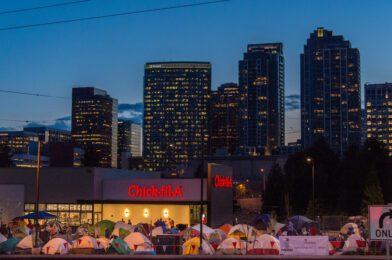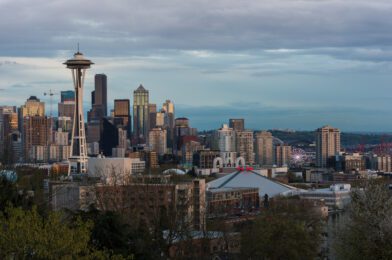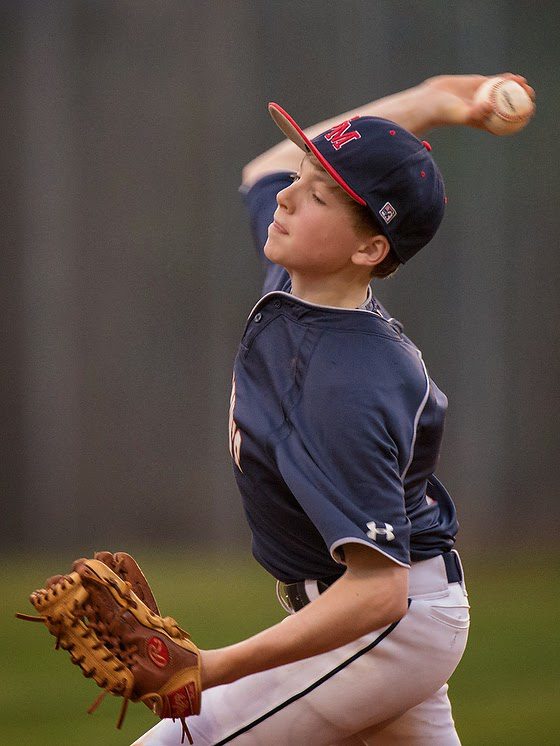| Nikon D4, AF-S NIKKOR 28-300mm f/3.5-5.6G ED VR, ISO 6400, ƒ/6.3, 1/100 |
Should you use a Telephoto lens or a Wide-Angle lens? Well, that all depends.
Here I walked across the street and up a small hill and shot back at all the First 100 Campers sleeping over the night in the parking lot for the Grand Opening of Chick-fil-A at Northeast 8th Street in Bellevue, Washington. The First 100 get free Chick-fil-A for a year.
I did a great job showing the campers in front of the store.
 |
| Nikon D4, AF-S NIKKOR 14-24mm f/2.8G ED, ISO 9000, ƒ/8, 1/100 |
Here I walked a lot closer and shot it with the 14-24mm at 14mm to emphasize all the tents in the parking lot.
Which photo is better?
Well, that all depends on what you are trying to say. I am covering this story because Chick-fil-A is just now with this Grand Opening getting into the Seattle, Washington market.
I think the first photo shows the city of Bellevue and even the corporate offices of Microsoft just next door to Chick-fil-A. The lower photo could almost be shot anywhere because the emphasis is more about what is the same at the grand openings–tents in parking lots.
Now, if I only needed one photo, I would shoot the top photo, but I am a seasoned journalist and know to cover it completely, so I shoot them all and even more angles. Getting a variety of angles is critical when you are telling the story. The array of photos is especially true in multimedia, where you may show both with other images in a series. For example, you may talk about the campers and how this is in the city of Bellevue.
The question is not just which is best, but why not shoot both and then decide later as you figure out what you want to say? Maybe you will need both.
















